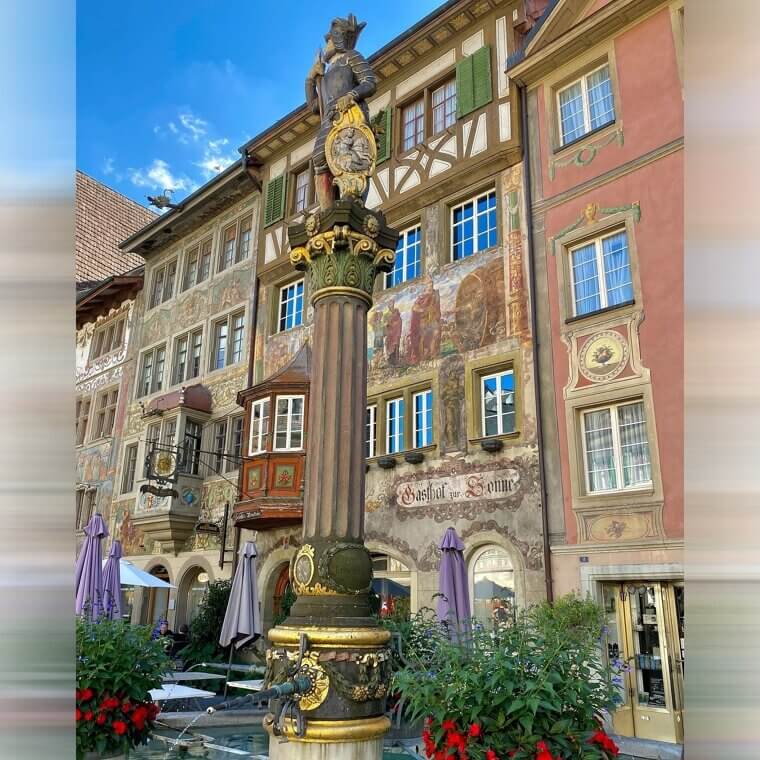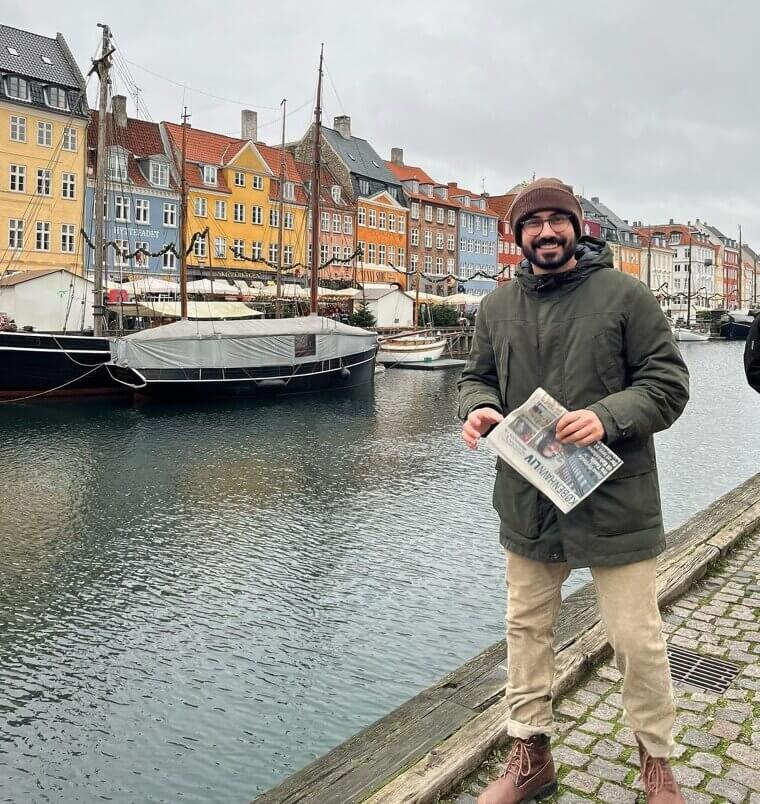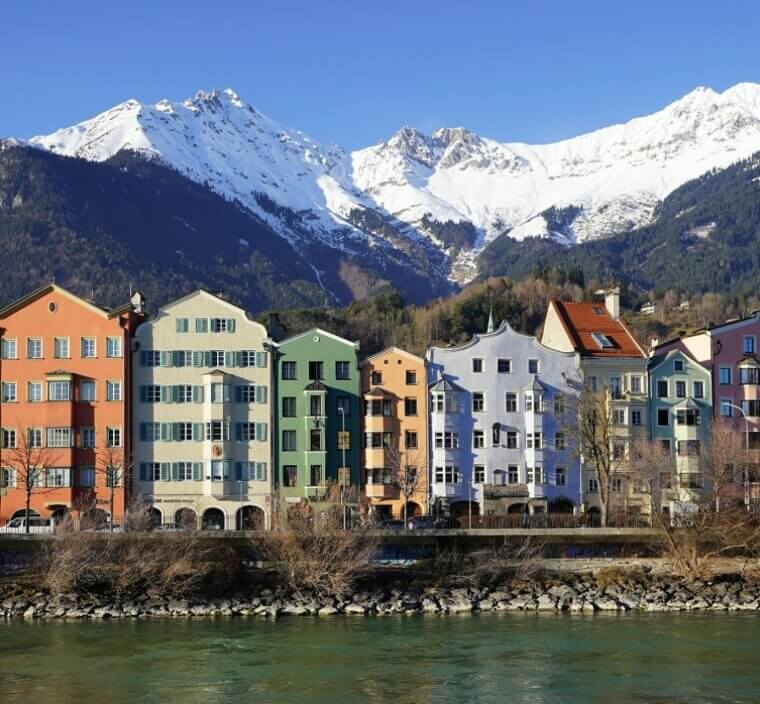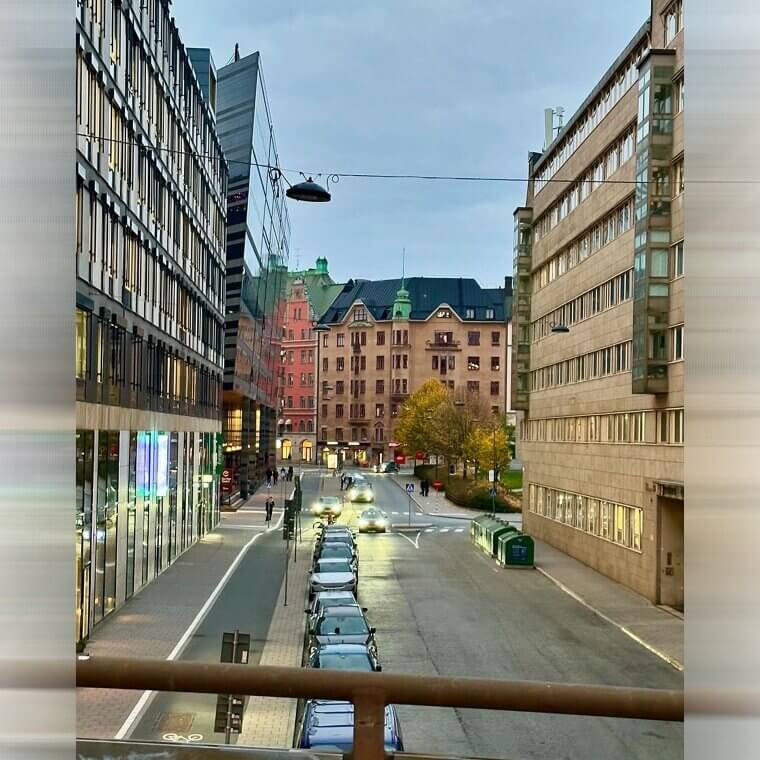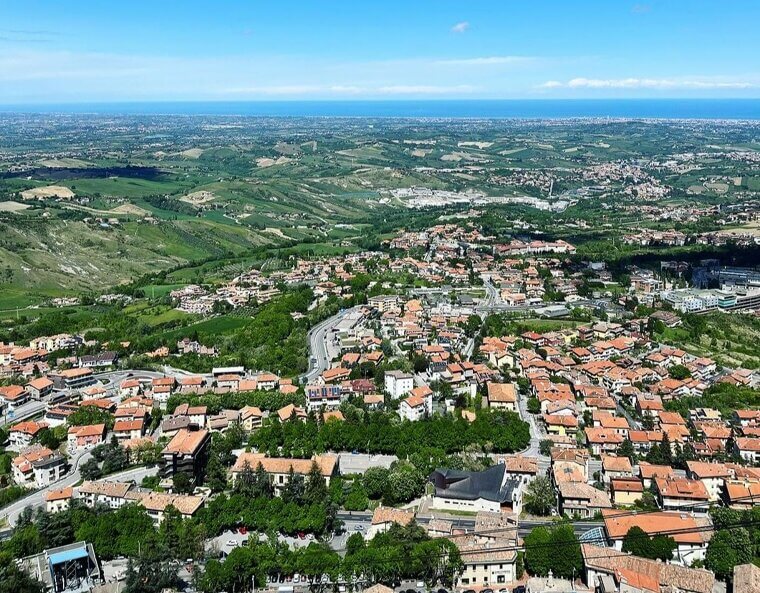Luxembourg (GDP per Capita: $128,259)
The richest country in Europe probably comes as a surprise to many readers. Far from being one of the most “popular” European countries, Luxembourg nevertheless boasts one of the strongest economies in the world. Indeed, following a recent estimate completed in 2023, Luxembourg is said to enjoy the highest per capita domestic product the world over. This is largely due to the country’s strong financial sector, as well as the relative stability of its government.
But what is it like to live in Luxembourg? Unsurprisingly, it’s pretty great! Luxembourg is one of the most desirable countries to live in, ranking consistently high in quality-of-life polls and indexes.
Ireland (GDP per Capita: $103,684)
Apart from the United Kingdom, Ireland is perhaps one of the most popular places for people from all over the world to visit. The country is defined primarily by its rich cultural traditions, but its economy is nothing to scoff at either. With a GDP per capita of $103,684, the country’s “free” economy maintains many strong financial and institutional strengths. As if that weren’t enough, the overall quality of living is very high, especially when compared to some of its immediate neighbors like the United Kingdom.
Of course, the experience of living in or visiting Ireland will be different for many, but the numbers don’t lie.
Switzerland (GDP per Capita: $99,994)
Many readers probably expected Switzerland to land much higher on this list. The country is famous for its high quality of living (in addition to cheese and chocolate, of course). It’s surprising, then, how wide the gap once was between this third spot and the second – in 2021, there was a difference of almost $50,000! Still, thanks to its strong service sector, Switzerland still ranks as having one of the strongest economies in the world.
Additionally, Switzerland’s strong, varied export market contributes to its robust economy. Pharmaceuticals, chemicals, and good old-fashioned gems are the most popular exports, but the country’s industries are also strong.
Norway (GDP per Capita: $87,961)
Like Switzerland, Norway’s ranking on this list may come as a surprise to many. Indeed, the country is famous for its high standard of living, strong economy, and relative lack of crime and corruption. The country ranks consistently high in levels of public trust – it’s not uncommon for people to leave expensive items like laptops, headphones, and even pieces of jewelry unattended. Really, Norway has it all – the only downside is the extremely high cost of living. Safety comes at a steep price, it seems.
Other than that, many people who relocate to Norway are known to be much happier after doing so. The country’s strong economy and diverse culture are both major draws, and it welcomes plenty of new visitors every year.
Iceland (GDP per Capita: $78,811)
Don’t let the name fool you – Iceland is probably around 90% grass. Greenland, on the other hand, is covered in glaciers. Despite its confused name, there is nothing confusing about Iceland’s economy. While not the wealthiest country in Europe, Iceland boasts both strong fishing and tourism sectors, with the latter only recently overtaking the former. Like many other Nordic countries on this list, living in Iceland means enjoying a high standard of living and low crime rates.
Of course, all of this comes at a pretty high price, seeing as the majority of goods in Iceland are imported. Nevertheless, many will agree that making a trip to Iceland, even for a week, is well worth it.
Denmark (GDP per Capita: $67,967)
Denmark is one of the most popular countries to visit in Europe, and while it misses out on placing in the top 5 wealthiest countries, it absolutely floors all other contenders in an area that is perhaps more important: happiness. Indeed, Denmark is considered to be the happiest country in the world thanks to its emphasis on maintaining a healthy work-life balance. Despite this, its economy is nothing to scoff at either, and Denmark boasts a strong service industry which contributes to the overall high standard of living enjoyed by many Danes.
With low crime rates and well-developed social services, it’s no wonder that Denmark is so happy.
Netherlands (GDP per Capita: $62,536)
Closely following Denmark in terms of GDP per capita, the Netherlands is yet another strong, well-developed European country with a robust economy and high standard of living. Of course, this comes with a high cost of living as well, but most people will agree that the benefits far outweigh the downsides. People in the Netherlands enjoy universal healthcare along with a progressive tax system. The Netherlands is also a popular place for foreign expats, given that between 90% and 93% of the country is able to converse in English.
Of course, all of this is to say nothing of the excitement of the average Dutch lifestyle. While other countries enjoy a more laid-back approach, life can move pretty quickly in the Netherlands, especially in the capital of Amsterdam.
Austria (GDP per Capita: $56,505)
Austria is a small country in central Europe nestled in the Eastern Alps and bordered by Germany, Czechia, and Croatia. Surrounded by so many countries, how is it that Austria’s average GDP per capita beats them all out? It’s mostly due to its large services and industrial sectors; the country also boasts a small but highly developed agricultural industry. For many, though, it’s not the country’s economy that attracts them but its history.
Austria’s cultural identity is one of the most recognizable in the world. The country is famous for its classical and folk music traditions, baroque architecture, and Alpine traditions. Oh, and it’s also the birthplace of Sigmund Freud.
Sweden (GDP per Capita: $56,305)
Many people (us included) will probably be surprised at Sweden’s placement on this list. While it falls just short of penetrating the top 10 richest countries in Europe, make no mistake: Sweden is still a wealthy country to be contended with. The majority of its wealth comes from its liberal approach to doing business. As well, Sweden is mostly focused on exports – the country currently has a trade surplus, meaning the value of its exports is greater than that of its imports.
All of this makes for a relatively high standard of living for the average person in Sweden. Like others on this list, the country also boasts a fairly low crime rate, making it a safe place to live overall.
San Marino (GDP per Capita: $54,982)
The country of San Marino probably isn’t as popular as the California county of the same name. In fact, it’s one of the smallest countries, not only in Europe but in all the world as well, with a meagre population of just 34,000 citizens. Despite this, it is one of the richest countries in the world, ranking 4th out of all European countries and 17th internationally. The strength of its economy is mostly rooted in its tourism industry. Considered to be the oldest surviving republic in the world, it’s no wonder that people flock in droves just to see what all the hype is about.
And very few people come away disappointed. Not only is the country extremely wealthy, but many of its ancient cultural touchstones – (the glorious architecture!) – have survived across many centuries.
Finland (GDP per Capita: $53,755)
Located in the north of Europe, Finland is probably most famous for its Arctic Lapland province, consisting of numerous national parks and ski resorts across a vast wilderness. From here, travelers can catch a glimpse of the Northern Lights. And while its natural beauty is certainly the country’s biggest selling point, Finland’s economy is also quite robust. In terms of the wealthiest countries in Europe, it’s still far from the top spot, but in international terms it’s got plenty of other countries beat.
Still, the main reason to visit or relocate to Finland is definitely the country’s high standard of living and the strong sense of community its culture espouses.
Belgium (GDP per Capita: $53,475)
When Belgium is mentioned in discussions, the focus is generally on its remarkable sense of place and history. Indeed, many old medieval buildings are well-maintained, and it’s easy to get lost in the country’s gorgeous architectural trappings. Economic matters are normally kept out of the discussion but make no mistake: Belgium’s economy remains one of the healthiest in Europe. With a high focus on the services industry, the average person living in Belgium can enjoy a good standard of living.
However, while violent crime rates are relatively low, petty crime is far more frequent in Belgium than in some of the other countries mentioned on this list so far.
Germany (GDP per Capita: $52,745)
Germany is one of the largest countries in Europe and boasts an incredibly long, rich history as well as a thriving economy. While it’s not the wealthiest country in Europe, its GDP of 4.121 billion Euros makes it the third largest economy in the world behind the United States and China – this also makes it the largest economy in Europe. Besides this, Germany also has a robust welfare system and a strong focus on maintaining a healthy work-life balance.
Naturally, this makes it a pretty happy country to live in. Indeed, Germany sees plenty of visitors from all over the world every year, and it’s not uncommon for many of these visitors to lay down their roots here.




